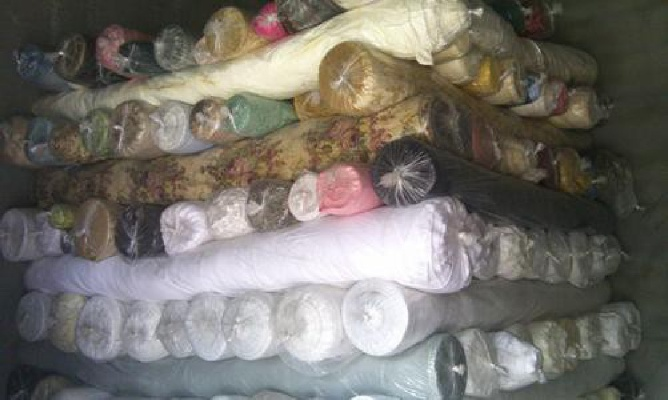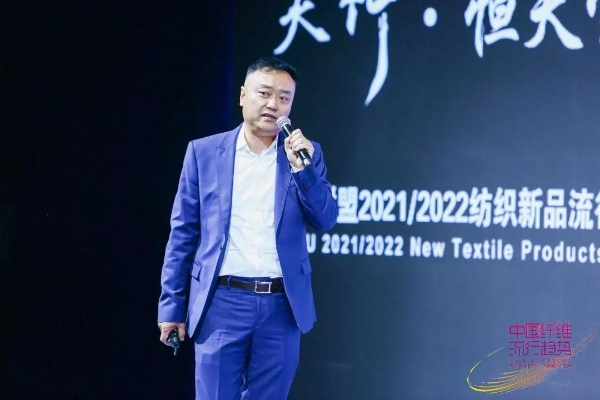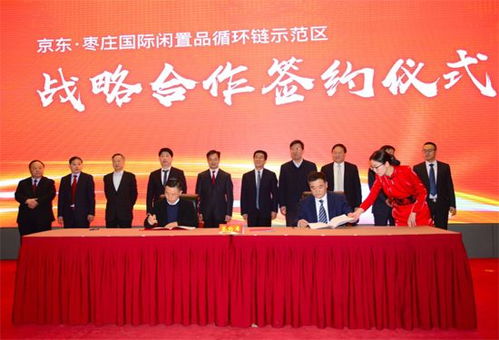The Standards of Functional Textiles:An Overview
This paper provides an overview of the standards for functional textiles, which are designed to meet specific needs and requirements. The focus is on the various types of functional textiles, including thermal, moisture-wicking, antimicrobial, and flame-resistant fabrics. The paper also discusses the testing methods used to evaluate the performance of these materials, including tensile strength, tear strength, water absorption, and flame resistance tests. Additionally, the paper explores the challenges faced in developing functional textiles and the potential solutions that can be implemented to improve their performance. Overall, this paper aims to provide a comprehensive understanding of the standards and testing methods used in the development of functional textiles.
Introduction: Textiles, as one of the most essential components of our lives, have evolved from mere wearable items to functional and stylish choices. Today, they not only meet our basic needs but also contribute significantly to our quality of life. In this context, the standards for functional textiles are crucial in ensuring that these products meet the expectations of consumers, manufacturers, and regulatory bodies. This article will discuss the key aspects of functional textile standards, including their definitions, classifications, and examples of implementation in real-life scenarios.

Definitions: Functional textiles refer to those materials that possess unique properties such as moisture absorption, temperature regulation, air permeability, noise reduction, and energy efficiency. These textiles are designed to enhance the comfort and functionality of clothing, bedding, upholstery, and other textile products.
Classifications: The standards for functional textiles can be broadly classified into two categories: technical and performance standards.
-
Technical standards: These standards focus on the manufacturing process and quality control measures used to produce functional textiles. They include aspects like dyeing techniques, weaving methods, and finishing processes. For example, the European Standard EN 14920 outlines the technical requirements for the production of moisture-wicking fabrics.
-
Performance standards: These standards evaluate the functional performance of functional textiles under specific conditions. They cover aspects like comfort, thermal insulation, acoustics, and energy efficiency. For instance, the American Society for Testing and Materials (ASTM) has established standards for evaluating the performance of thermal insulation textiles.
Implementation Example: One of the most widely recognized implementation examples is the use of breathable and moisture-wicking materials in sportswear. For example, Nike's Air Max shoes incorporate a patented technology that allows air to flow through the shoe while preventing sweat buildup. This design meets both technical and performance standards, providing athletes with enhanced comfort and performance during intense activities.
Another example is the use of eco-friendly materials in home textiles. The Green Home Standard certification program in the United States ensures that home textiles made from recycled materials meet certain environmental and health standards. This certification helps consumers make informed choices about products that are sustainable and eco-friendly.
Conclusion: Functional textiles are an integral part of modern life, and their standards ensure that these products meet consumer expectations while promoting sustainability and reducing environmental impact. By understanding the different types of standards and their implementation examples, consumers can make informed decisions when selecting functional textile products. As technology continues to advance, it is likely that new standards will emerge to address emerging challenges such as energy efficiency and biodegradability.
随着现代生活水平的提高,人们对功能性纺织品的需求日益增长,为了规范功能性纺织品的生产和质量,提高行业整体水平,我国制定了一系列关于功能纺织品国家标准,本文将围绕这一主题展开讨论,并辅以英文案例说明。
功能纺织品国家标准概述
-
功能纺织品定义 功能纺织品是指具备特定功能性能的纺织材料,如抗静电、抗菌、抗紫外线等,这些功能性能可以通过织物结构、纤维成分、染整工艺等多种因素实现。
-
功能纺织品国家标准内容 功能纺织品国家标准主要包括纤维种类与含量、织物结构与性能、染整工艺等方面,纤维种类与含量规定了纺织材料的纤维成分和含量范围,织物结构与性能规定了纺织材料的透气性、吸湿性、耐磨性等关键性能指标,染整工艺则规定了纺织材料的染色、印花、整理等工艺流程。
功能纺织品国家标准实施案例

-
某功能性面料生产企业的标准实施 某功能性面料生产企业按照国家标准要求,严格控制纤维种类与含量,采用先进的织物结构和染整工艺,生产出了一系列具有抗静电功能的纺织品,该企业生产的面料在市场上受到广泛好评,提高了产品的市场竞争力。
-
功能性纺织品检测实验室的工作流程 功能性纺织品检测实验室按照国家标准进行检测,确保产品的质量符合要求,实验室配备了先进的检测设备,对纺织材料的纤维成分、织物结构、性能指标等进行全面检测,实验室还建立了严格的质量控制体系,确保产品的稳定性和可靠性。
功能纺织品国家标准的重要性
-
提高行业整体水平 功能纺织品国家标准是行业发展的规范和指导,有助于提高整个行业的生产水平和产品质量,通过实施国家标准,可以推动行业的技术创新和产业升级。
-
保障消费者权益 功能纺织品国家标准有助于保障消费者的权益,消费者在选择功能性纺织品时,可以依据国家标准选择符合要求的纺织材料,提高产品的安全性和可靠性。
功能纺织品国家标准的具体要求
-
纤维种类与含量要求 纤维种类与含量是功能纺织品国家标准的核心内容之一,要求纺织材料的纤维成分和含量符合国家标准要求,不得使用有害物质超标的纤维,还需要对纤维的来源进行追溯和验证。
-
织物结构与性能要求 织物结构与性能是功能纺织品的重要指标之一,要求纺织材料的织物结构合理,透气性、吸湿性、耐磨性等关键性能指标符合国家标准要求,还需要考虑产品的舒适性和耐用性。
英文案例说明
以某功能性面料生产企业为例,其生产的某款抗静电功能性面料为例,详细说明其符合功能纺织品国家标准的情况,该面料采用特定的纤维成分和织物结构,经过严格的染整工艺处理,具有出色的抗静电性能和舒适性,该企业还建立了严格的质量控制体系,确保产品的稳定性和可靠性,该企业还积极推广功能性纺织品的应用,提高产品的市场竞争力。
功能纺织品国家标准是规范行业发展的规范和指导,有助于提高整个行业的生产水平和产品质量,通过实施国家标准,可以推动行业的技术创新和产业升级,消费者在选择功能性纺织品时,也可以依据国家标准选择符合要求的纺织材料,保障自身的权益。
Articles related to the knowledge points of this article:



